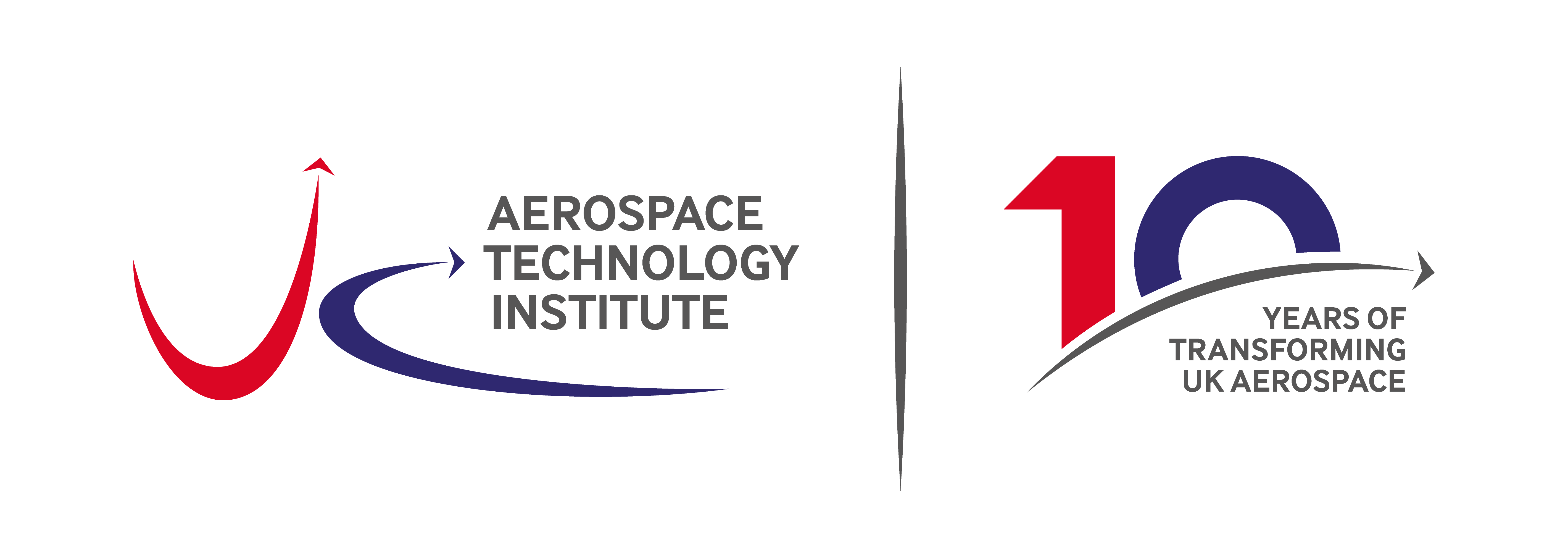NERC research programme will improve understanding of aviation’s non-CO2 impacts
This month the Natural Environment Research Council announced funding for research into the science of non-carbon dioxide (CO2) impacts from aviation. Adam Morton, the ATI’s Head of Technology – Sustainability & Strategy, reflects on this important development and likely implications for industry and government alike.
In July 2022, the UK government launched the Jet Zero Strategy describing the government’s approach for achieving Net Zero aviation by 2050. This ground-breaking initiative focused predominantly on CO2 from aviation, while acknowledging the sector also has climate impacts from other emissions. Now the Natural Environment Research Council (NERC) in partnership with the Department for Transport (DfT) and the Department for Business and Trade (DBT), has announced £10 million of research funding into how aircraft non-CO2 emissions interact with climate over time, and how best to mitigate any adverse effects. Focused on work at technology readiness level (TRL) 1-4, a broad range of emission types are covered alongside a variety of management techniques.
This is an initiative the ATI strongly welcomes for a number of reasons, not least that non-CO2 atmospheric emissions could potentially make a greater contribution to warming than CO2 itself. Additionally, the current understanding of contrail formation and persistence from gas turbines operating on Jet A is incomplete, despite use of this combination for decades. Uncertainties around climate effects of oxides of nitrogen (NOx) are also large, partly because of complex interactions with other gases in the atmosphere such as ozone and methane. Moving to new low-carbon fuels like SAF and hydrogen, coupled with fuel cells or other novel conversion technologies, will only exacerbate the gaps in understanding if we do not dramatically scale work in this area.
This work is essential and extremely timely. Improving the fundamental science behind non-CO2 emissions will not only underpin the development of more sustainable aerospace technologies, but also drive the adoption of better fuels and new operational measures. Reports from the ATI’s FlyZero project which concluded in March 2022, highlighted the uncertainty around the significance of extra water vapour released using hydrogen. A thorough evaluation of the true greenhouse gas benefits of hydrogen versus SAF is not possible given current scientific understanding. At a time when some organisations are calling for strict limits on sulphur and aromatics in Jet A and SAF, a better understanding of secondary and tertiary effects of these constituents might also deliver improved aviation fuel standards and policy.
The ATI is already active in this area with some of the ultra-efficient, zero-carbon emission and cross-cutting technologies prioritised in our Destination Zero technology strategy offering potential non-CO2 benefits. We have begun work on a non-CO2 roadmap covering gaps in fundamental science and to help prioritise investment in technical solutions. Working with equipment manufacturers, airframers, fuel companies, service providers and academia, we will be running a series of workshops and roundtables to capture current and planned R&D projects. Recognising international work in this area, the exercise also considers work further afield to avoid duplication or excessive overlap. The resulting roadmap will be published in 2024 to help underpin evaluation of work requirements over the medium term.
Over the coming months, we will share further details on how the ATI will help to deliver non-CO2 technologies onto the next generation of sustainable aircraft.
Discover more about the new research funding programme: Jet zero: aviation’s non-CO2 impacts on the climate – UKRI


